Five steps to the perfect cup of tea – including which biscuits to dunk in it
Whether it’s blazing hot outside or chilly and damp, there’s nothing quite a good cup of tea. So on National Tea Day, we’ve collected some fine tips on making a perfect cup – with almost-as-important advice on what biscuits to dunk in which type.
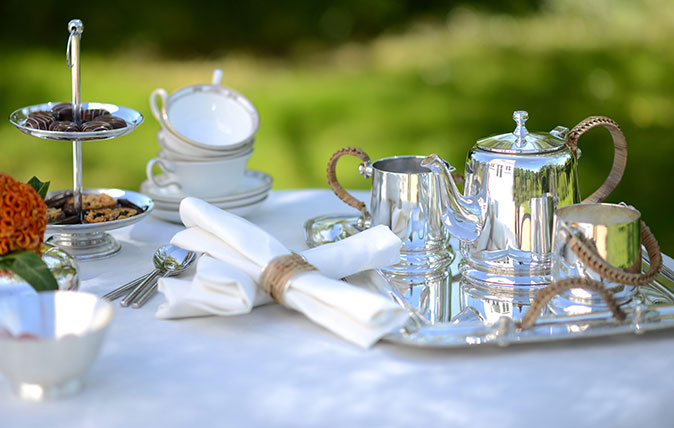
Telling anyone – and particularly anyone British – how to make a perfect tea seems to us an occupation fraught with danger. It’s rather like explaining to a happily married man what he ought to have in a perfect wife – he’s already got things worked out just as he likes them, thank you very much, and you can keep your theories to yourself.
Yet tea drinkers ought to keep an open mind. It’s always possible that you’ll try one of the hitherto-unknown tips below and have a St Paul-on-the-road-to-Damascus moment.
And even if you don’t, you’ll still enjoy scoffing at what nonsense it is to suggest putting the milk in first, or second, or whichever way around you think it oughtn’t to go in.
Something else we suspect you’ll also enjoy are the tips on what biscuits to match with what types of tea from biscuit specialists (Biscuitologists? Biscuiteers? Biscuit cases?) at Elizabeth Shaw.
Quite apart from anything else, it’ll give you an excuse to raid the biscuit isle at the local supermarket which searching for the ideal accompaniment to your perfect cuppa on National Tea Day.
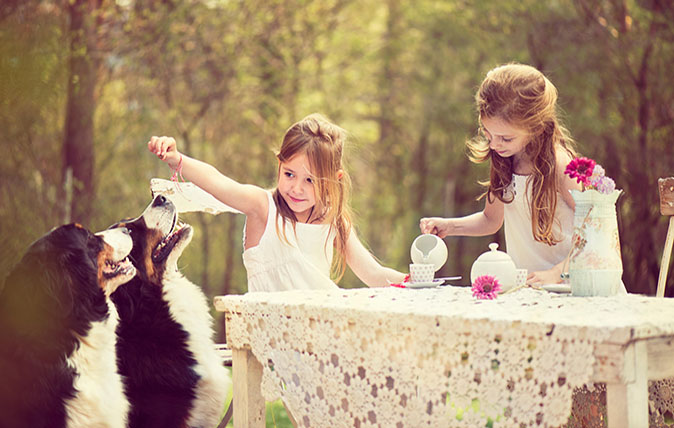
Don’t rush it
Almost all teas need at least three minutes to brew properly. Many teas you’ll find on the supermarket shelves are actually concocted to turn brown more quickly than that to give the illusion of a proper brew, but don’t be fooled. And don’t leave it in for too long – go much over five minutes and your tea will be stewed and bitter.
Consider the water
If you live beside a loch in the Highlands, or in a village in the Peak District you probably don’t have too much to worry about, but for those whose tap water is less than ideal then filtering can make a big difference. Boiling kills off the bugs, but not the particles.
Sign up for the Country Life Newsletter
Exquisite houses, the beauty of Nature, and how to get the most from your life, straight to your inbox.
Temperature is key
Your grandmother was right: you really do need to make sure the kettle boils properly. Black teas need water at around 96°C to release all the flavour. You can buy kettles where you can set and then check the boiling temperature, or else get yourself a thermometer (especially useful for coffee, since it does better with water around the trickier-to-gauge number of 85˚C)
When to add the milk
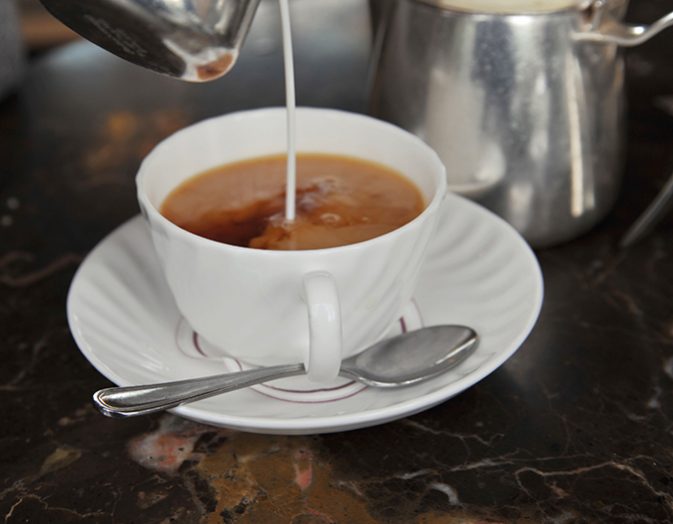
Loathe as we are to poke this particular bear, we feel it has to be addressed – not least because we were sent some troubling advice earlier this week when we were warned that ‘putting milk in first will lower the temperature of the hot water before the tea has brewed’, something which made absolutely no sense at all.
It was only a few minutes later that we realised the advice pertained to people who are making a cup of tea in a mug.
There’s nothing wrong with doing so, of course. It’s 2018. We’re all busy. But if you’re serious about making a perfect cup of tea, and you don’t already own a teapot, then we insist that you turn off your laptop or phone or internet-enabled-fridge immediately and go and buy one. Then you can come back here and rejoin the rest of us.
Back? Great. Now that’s out of the way – and with your tea brewed perfectly in a pot, having been sitting there for three to five minutes – you can pour it into the cup and add milk, or put some milk in the cup first then pour the tea, as you like.
The truth is that there are pros and cons to both. Experts say – and they are correct – that the tea and milk combine better when tea is poured onto the milk.
Yet pouring the tea first and then adding milk removes a major hazard: that of inadvertently putting too much milk in.
What to dunk
Choice of biscuit can be just as divisive an issue as whether to put milk in first or not – after all, one man’s Bourbon is another man’s Chocolate Hobnob, and vice versa). And in a normal cuppa, you probably already know what you need.
But for anything a little more exotic it can be tricky. We spoke to Elizabeth Shaw’s luxury biscuit makers, who suggested that Coconut & Hazelnut is perfect for English breakfast tea, Raisin & Cocoa for green tea, or Raisin & Hazelnut for lemon tea or rooibos.
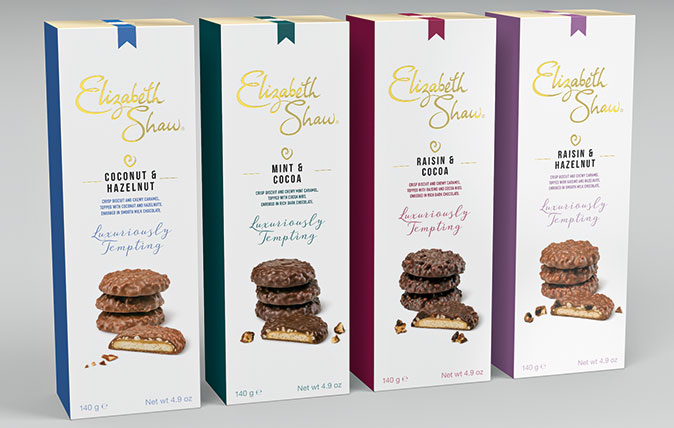
They also suggested that for the slightly wacky-sounding ‘Mint Rose’ tea (made by Chash Tea) their Mint & Cocoa biscuits would be best. We’ve not tried Mint Rose tea, so you’re on your own if you decide to give it a whirl…
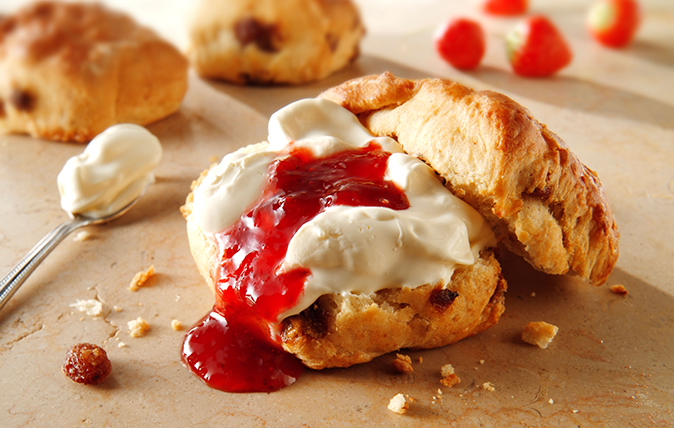
Curious Questions: How do you make the perfect cream scone?

Credit: The Orangery at Longleat
Lady Emma's afternoon tea in The Orangery review: Longleat's latest attraction
One of Britain's best-loved attractions now has a fantastic extra string to its bow: an afternoon tea served in the
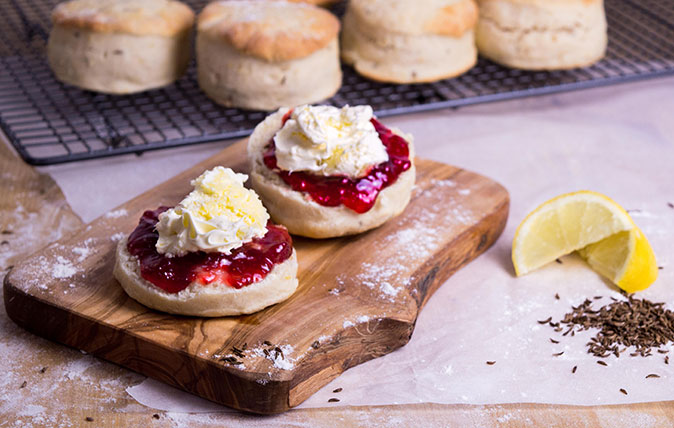
How to make Nancy Birtwhistle’s lemon and caraway scones
These delicious scones from the former Great British Bake Off champion are absolutely delicious and perfectly timed for summer.
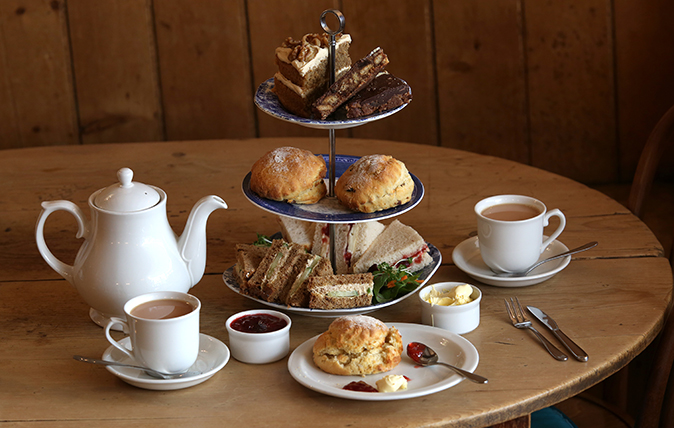
Credit: Mark Williamson
Down to a tea: The finest teashops in the Cotswolds
When partaking of a piping-hot cup of tea and a crumblingly delicious slice of cake, where better to indulge than

Try a cup of finest tea, as grown in... Scotland?
Tea grown in Scotland? Absolutely. Kevin Pilley talks to the man creating a storm in a teacup.
Toby Keel is Country Life's Digital Director, and has been running the website and social media channels since 2016. A former sports journalist, he writes about property, cars, lifestyle, travel, nature.
-
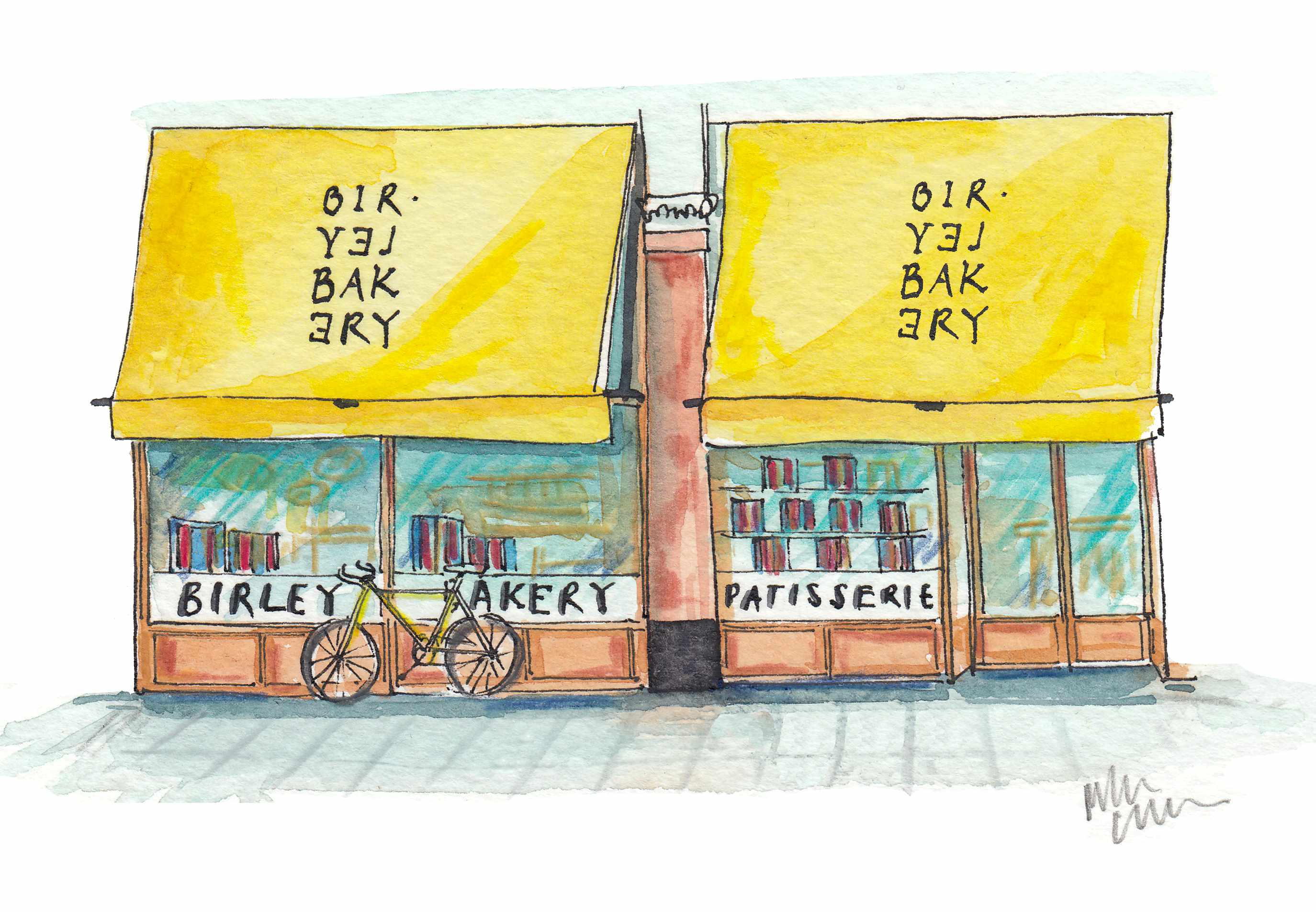 'That’s the real recipe for creating emotion': Birley Bakery's Vincent Zanardi's consuming passions
'That’s the real recipe for creating emotion': Birley Bakery's Vincent Zanardi's consuming passionsVincent Zanardi reveals the present from his grandfather that he'd never sell and his most memorable meal.
By Rosie Paterson
-
 The Business Class product that spawned a generation of knock-offs: What it’s like to fly in Qatar Airways’ Qsuite cabin
The Business Class product that spawned a generation of knock-offs: What it’s like to fly in Qatar Airways’ Qsuite cabinQatar Airways’ Qsuite cabin has been setting the standard for Business Class travel since it was introduced in 2017.
By Rosie Paterson
